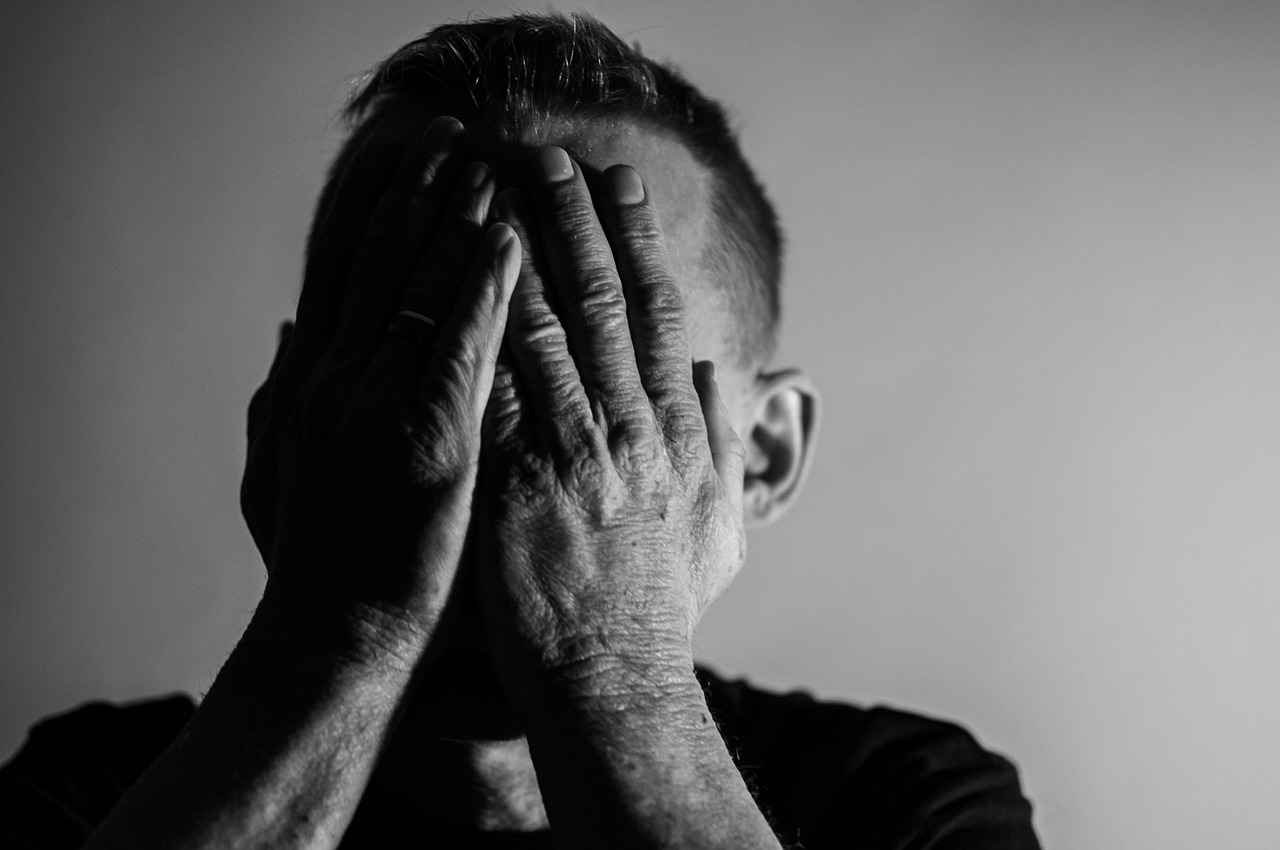Introduction
Criteria Used to Identify Mental Disorder is clinically significant disruption in an individual’s behavior, emotion management, or thought processes is indicative of a mental disease. Usually, it is linked to discomfort or impairment in critical domains of functioning. There are several varieties of mental illnesses. Mental health issues are another name for mental illnesses. The latter is a more general phrase that encompasses psycho social impairments, mental illnesses, and (other) mental states linked to substantial suffering, functional impairment, or self-harm risk.
Anxiety Disorders
A total of 301 million individuals, including 58 million children and adolescents, had an anxiety condition in 2019 . Excessive concern and fear, as well as associated behavioral abnormalities, are hallmarks of anxiety disorders. So, the severity of the symptoms is such that they cause substantial anguish or functional impairment. Anxiety disorders can take many different forms. These include separation anxiety disorder, which is characterized by excessive fear or anxiety about being away from people with whom the sufferer has a deep emotional bond, generalized anxiety disorder, which is characterized by excessive worry, panic disorder, which is characterized by panic attacks, and others. There is proven psychological treatment available, and medication may also be taken into consideration based on the patient’s age and severity.
Depression
Criteria Used to Identify Mental Disorder 23 million children and adolescents and 280 million adults suffered from depression in 2019. Mood swings and transient emotional reactions to day-to-day obstacles are not the same as depression. A depressive episode lasts at least two weeks and is characterized by the individual experiencing a depressed mood (feeling hopeless, agitated, and empty) or a lack of enjoyment or interest in activities for the most of the day, almost every day. A number of other symptoms may also be present, such as difficulty concentrating, feelings of extreme guilt or low self-worth, hopelessness regarding the future, suicidal thoughts, disturbed sleep, changes in eating or weight, and an unusually low level of energy or tiredness.Suicide is more common in those who feel depressed.
Bipolar Disorder
There are 40 million persons worldwide suffered from bipolar illness in 2019 . Bipolar disorder patients alternate between manic symptoms and depressed spells. A depressive episode occurs when a person feels down for the majority of the day. However, almost every day, or they lose interest in or enjoyment from activities. In addition to euphoria or irritation, increased activity or energy, and other symptoms like talkativeness, racing thoughts, elevated self-esteem, decreased sleepiness, destructibility, and impulsive, risky behavior, manic symptoms can also include these.Bipolar illness patients have a higher risk of suicide. However, there are successful therapy alternatives, such as medication, stress reduction, and social functioning enhancement and psycho education.
Related: Bipolar disorder case study
Post-Traumatic Stress Disorder (PTSD)
In environments where there is conflict, PTSD and other mental illnesses are more common. After being exposed to a terrifying or very frightening incident, or sequence of events, PTSD may develop. It exhibits each of the following traits: Reliving the traumatic event or events in the present (intrusive memories, flashbacks, or nightmares. Ignoring thoughts and memories of the events. Avoiding people, places, or activities that bring up the memory of the events. Persistently feeling as though there is a greater threat than there once was. These symptoms significantly hinder functioning and last for at least a few weeks. There are psychological treatments that work.
Schizophrenia
Approximately 24 million people, or 1 in 300 persons, globally suffer with schizophrenia .The life expectancy of those with schizophrenia is 10–20 years lower than that of the general population). Changes in behavior and severe deficits in perception are hallmarks of schizophrenia. Prolonged delusions, hallucinations, disordered thinking, extremely disordered behavior, or intense agitation are some possible symptoms. Schizophrenia patients may have ongoing problems with their cognitive abilities. However, there are a number of efficient therapy choices available, such as psycho education, medicine, family interventions, and psycho social rehabilitation.
Related: Schizophrenia poems
Eating Disorders
Nearly 3 million children and adolescents, out of 14 million total, suffered from eating disorders in 2019 . Anorexia nervous and bulimia nervous are two examples of eating disorders that are characterized by aberrant eating patterns, obsession with food, and significant body image and weight issues. major danger or harm to one’s health, major distress, or severe functional impairment are the outcomes of the symptoms or behaviors. Anorexia nervous is linked to early mortality via suicide or medical issues, and it often manifests during adolescence or early adulthood. Bulimia nervous sufferers have a markedly higher risk of substance abuse, suicide thoughts, and medical issues. There are effective treatment methods available, such as cognitive-based therapy and family-based treatment.
Related: Shoreline Eating Disorder
Disruptive behavior and dis social disorders
In 2019, 40 million individuals, including kids and teenagers, suffered from conduct-dis social disorder . One of the two conditions that cause disruptive behavior and dissociation is op positional defiant disorder, which is often referred to as conduct disorder. Persistent behavioral issues, such as consistently defying authority figures or violating fundamental rights of others or significant age-appropriate social standards, laws, or regulations, are hallmarks of disruptive behavior and dis social disorders. Although it’s not always the case, disruptive and dis social illnesses typically begin in infancy. There are effective psychological therapies available, such as cognitive problem-solving, social skills training, and involvement from parents, caregivers, and educators.
Neuro developmental disorders.
Attention deficit hyperactivity disorder (ADHD), autism spectrum disorder, and abnormalities of intellectual development are examples of neurodevelopmental disorders. A chronic pattern of inattention and/or hyperactivity-impulsivity that negatively affects social, professional, or academic performance is what defines ADHD. Significant impairments in intellectual functioning and adaptive behavior—a term referring to challenges with ordinary conceptual, social, and practical skills—are hallmarks of disorders of intellectual development. The term autism spectrum disorder (ACID) refers to a broad range of disorders marked by persistently confined, repetitive, and rigid patterns of behavior, interests, or activities, as well as some degree of difficulties with social communication and reciprocal social engagement.
Who is at risk from developing a mental disorder?
A wide range of personal, familial, social, and institutional variables can either support or compromise mental health at any one moment. Even while the majority of individuals are resilient, those who are subjected to unfavorable situations. Such as poverty, violence, handicap, and inequality—are more vulnerable. Individual psychological and biological characteristics. Criteria Used to Identify Mental Disorder emotional intelligence and heredity, are examples of protective and risk factors.Alterations in brain structure and/or function impact several protective and risk factors.
Health systems and social support
Criteria Used to Identify Mental Disorder are severely underfunded and have not yet provided for the requirements of those with mental illnesses.Around the world, there is a large disparity between the demand for therapy and its availability, and when it is, it is frequently of low quality. For instance, barely one-third of those suffering from depression and 29% of those with psychosis obtain official mental health treatment
Individuals suffering from mental illnesses also need assistance in forming and preserving social, familial, and personal ties. Individuals suffering from mental illnesses could also require assistance with housing, work, educational programs, and engagement in other worthwhile pursuits.
Conclusion:
In conclusion, the criteria used to identify mental disorders play a crucial role in clinical practice, research, and public health policy. These criteria provide a standardized framework for diagnosing and classifying mental illnesses, facilitating communication among clinicians, researchers, and other stakeholders. However, they are not without limitations and continue to evolve in response to advances in our understanding of mental health and the needs of diverse populations.

